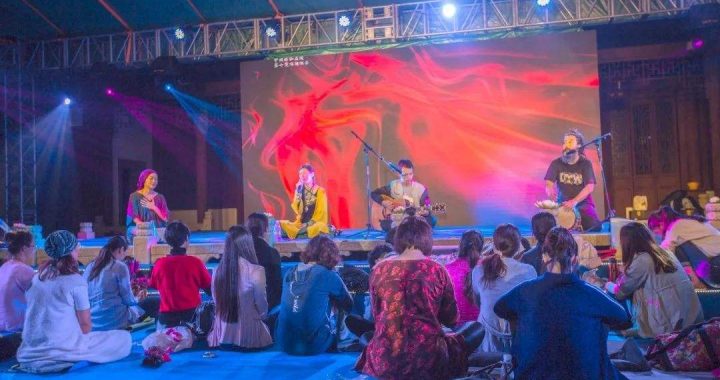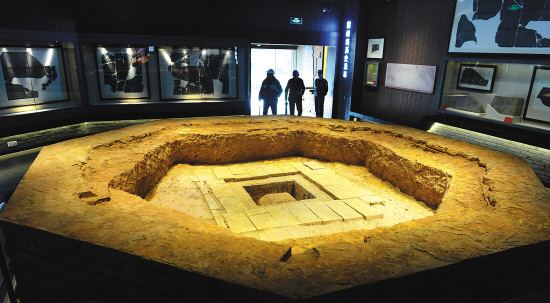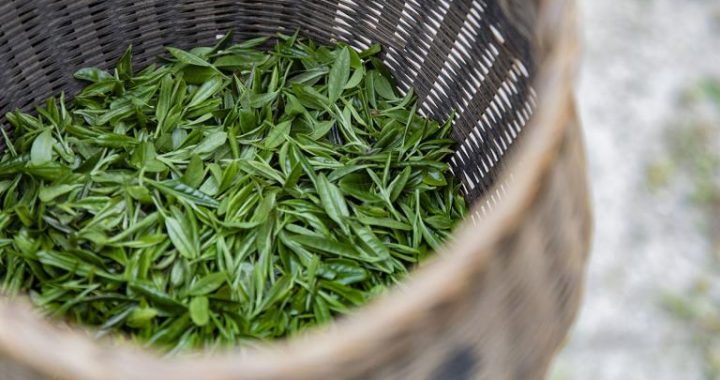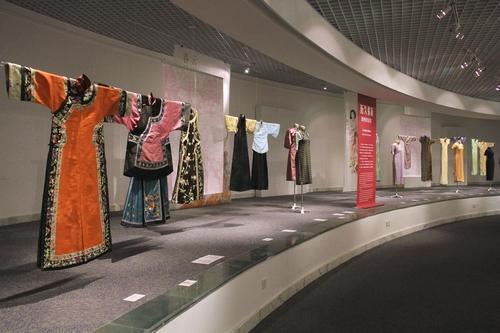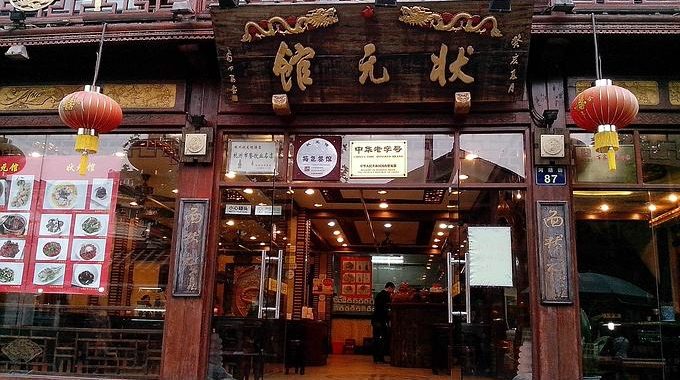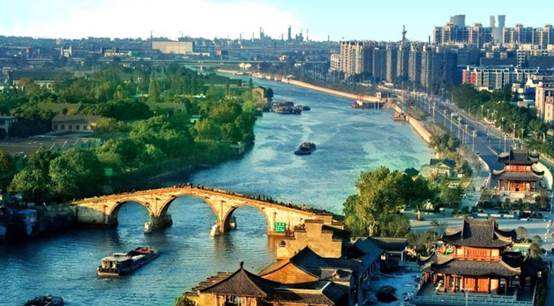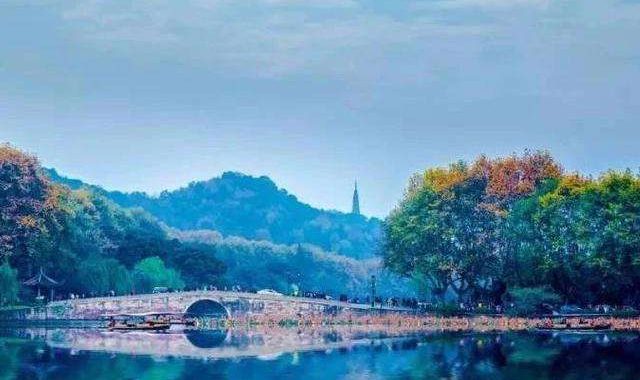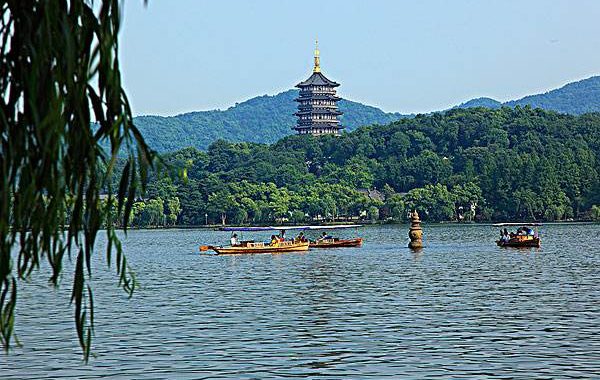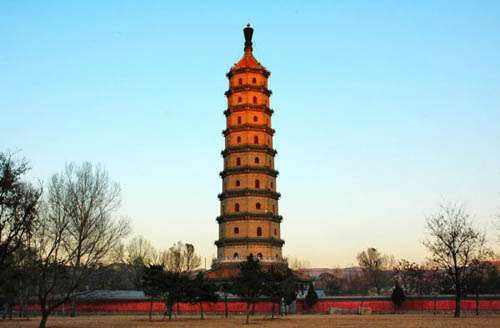Hupao Park
2 min readAlthough now known as“Hupao Park”,for over a thousand years the area was a Chan monastery.Dating back to the end of Tang Dynasty in the beginning of the ninth century,the monastery began as a mere hut built by a monk called Chan Master Huanzhong,destroyed and rebuilt many times over the past millennium.On entering Hupao Park,it’s easy to see why Chan monks found it so appealing;it is built along a mountain slope,well-shaded by tall,arched trees with the famous Hupao Spring running through.The spring spreads out broadly at the foot of the mountain,submerging the whole wood in ankle-deep water and giving the wood a wetland look.Moss creeps over the rocks and tree trunks,and random leaves fall on water mottled by shadows and reflections.With the nourishment of spring,the vegetation here is particularly lush.

Although today the former monastery has been turned into several exhibition halls,a walk through the park is itself a Zen-like experience.Trekking up you will find Jigong Hall and Jigong Stupa,the great man’s tomb.
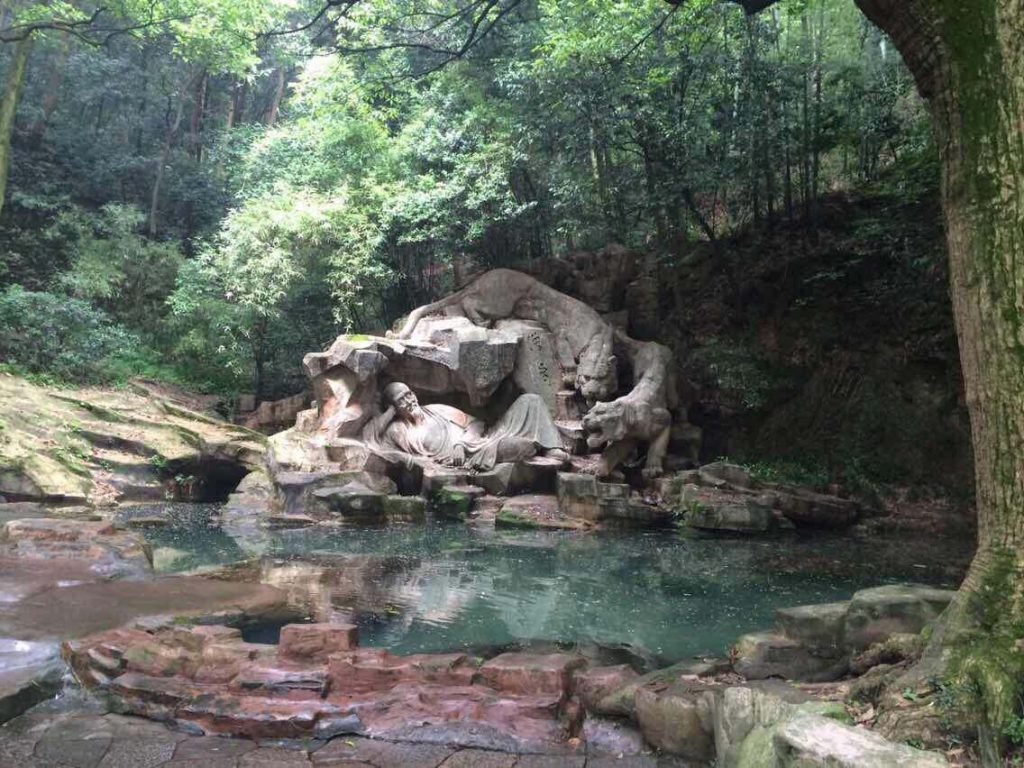
The neighboring Jigong Hall is the Exhibition Hall for Li Shutong and his stupa.Li Shutong,also known as the Venerable Master Hongyi,was an artist and Buddhist scholar in whom Hangzhou takes particular pride.He was also an accomplished musician,poet,calligrapher,seal engraver,and painter-as well as one of the earliest pioneers of modern Chinese theater.In 1918,Li officially converted to monkhood in Hupao Temple and got the name Hongyi at the age of 39.In his later years,he became an established scholar in the Vinaya School and brought about the sect’s last revival in China.

